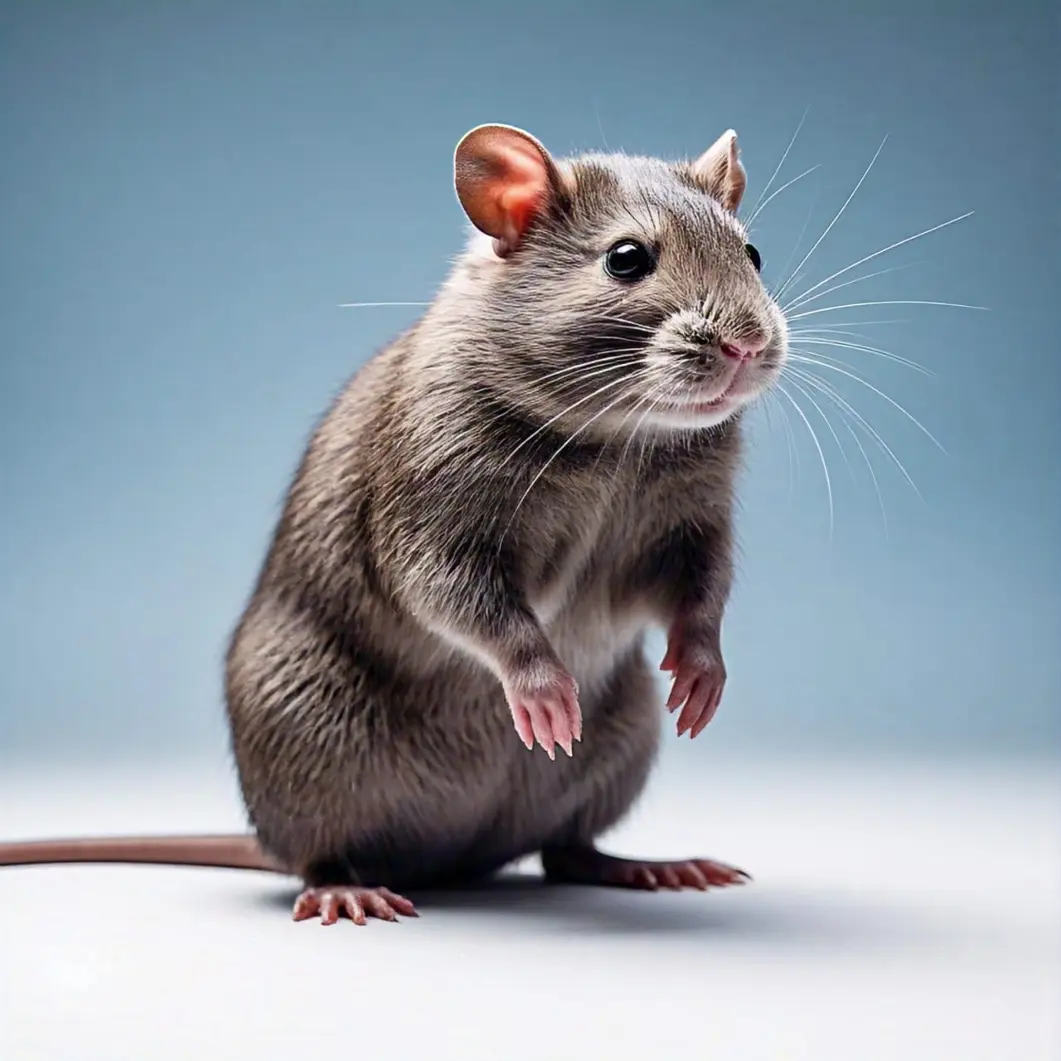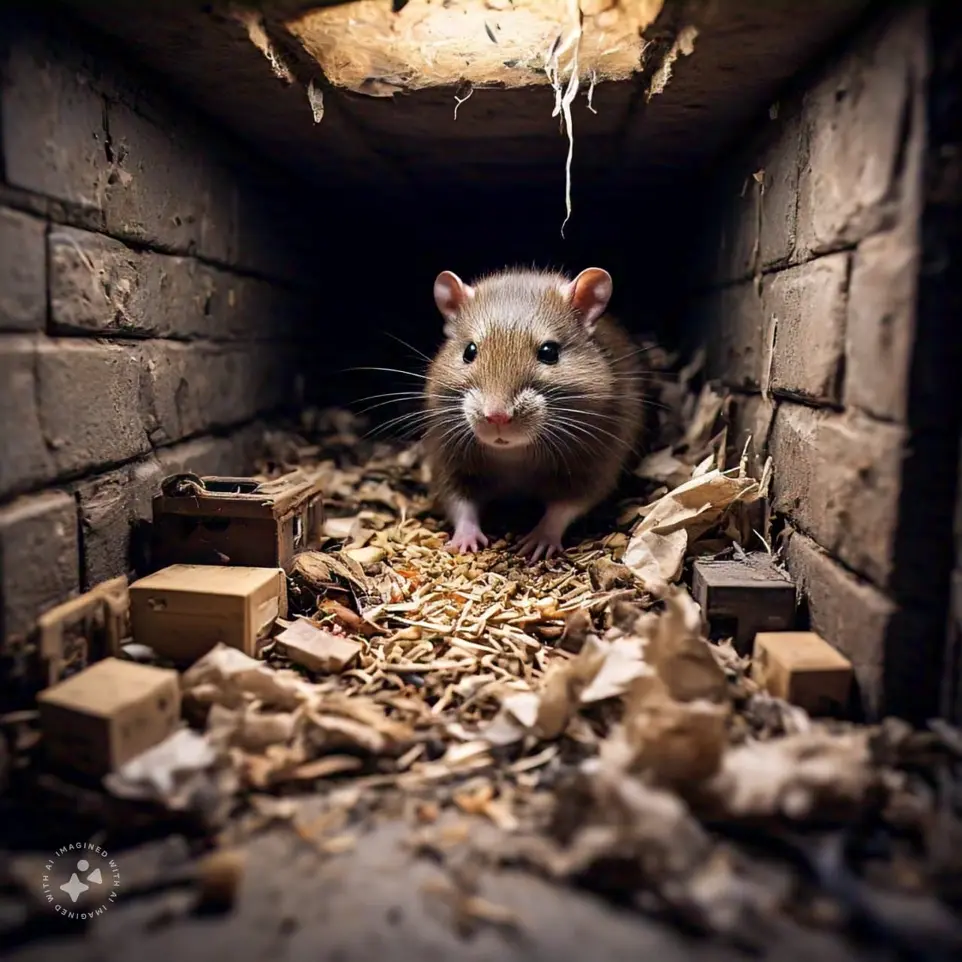Eliminate Norway Rats for Good: Protect What Matters Most!
The Uninvited Guests You Can’t Ignore
 Norway Rat (Rattus norvegicus)
Norway Rat (Rattus norvegicus)Size: 16–20 inches (40–50 cm) including tail
Weight: 12–16 ounces (340–450 grams)
Color: Brown or grayish-brown fur with a lighter underside
Tail: Thick, scaly, shorter than the combined head and body length
Ears and Eyes: Small, with less prominent ears and eyes compared to roof rats
Body: Stocky and heavy, with a blunt snout
Larger size and shorter tail compared to roof rats
Primarily ground-dwelling behavior rather than climbing habits
Feeding Preferences
Norway rats are opportunistic feeders that consume a wide variety of items found in commercial settings. They are particularly drawn to cereals, grains, meat, and sugary substances, often targeting improperly stored or easily accessible food supplies. They are also known to scavenge on food remnants, spills, and waste, making storage areas, production lines, and trash disposal sites prime feeding locations. Their strong gnawing ability enables them to chew through packaging, contaminating large quantities of stored products. Maintaining strict hygiene and ensuring food is securely sealed are crucial to minimizing the risks posed by their feeding activities.

Habitat
Norway rats prefer to stay close to sources of food and water, often settling in dark, hidden areas within commercial environments. They are commonly found in basements, storage rooms, and near utility lines, where they can burrow or hide in clutter. Their nesting sites are typically located in secluded spots such as under machinery, behind walls, or near waste disposal zones. These areas provide the shelter and proximity to resources they need to thrive. Their adaptability to human-made structures makes them a persistent challenge in maintaining a safe and clean environment.
AIR Approach for Norway Rat:
- Assess: Inspect your property for signs of Norway rat activity, such as droppings, gnaw marks, burrows, and nesting materials. Focus on areas close to the ground, including basements, under concrete slabs, and outdoor burrows, to assess the severity of the infestation.
- Implement: Use targeted treatments such as rodent baits, traps, and rodenticides. Seal entry points with durable materials like steel wool or concrete to prevent Norway rats from entering. Remove potential food sources and address any sources of standing water to discourage infestation.
- Review: Regularly monitor your property for signs of continued rat activity and adjust treatments as needed. Continue preventive measures such as maintaining cleanliness, sealing potential entry points, and conducting periodic inspections to prevent future infestations.

Frequently Asked Questions
They can squeeze through gaps as small as half an inch, enter through damaged doors, vents, or pipes, and may dig under foundations to gain access.
Signs include gnaw marks on wood or wiring, greasy rub marks along walls, tracks or droppings near food storage areas, and scratching sounds in lower levels of the building.
A single pair can produce up to 6–12 litters per year, with each litter containing 7–14 pups, leading to rapid population growth if not controlled.
They are drawn to abundant food, water sources, and sheltered spaces where they can hide and nest. Poor sanitation and unsecured food can increase the likelihood of infestation.
They can survive for about 4 days without food but require water daily, making access to moisture critical for their survival.
Yes, they can gnaw through wood, plastic, and even soft metals, which can lead to structural damage and compromised containers.
Ensuring waste is tightly sealed, regularly disposed of, and not left exposed significantly reduces the chances of attracting and sustaining a rat population.